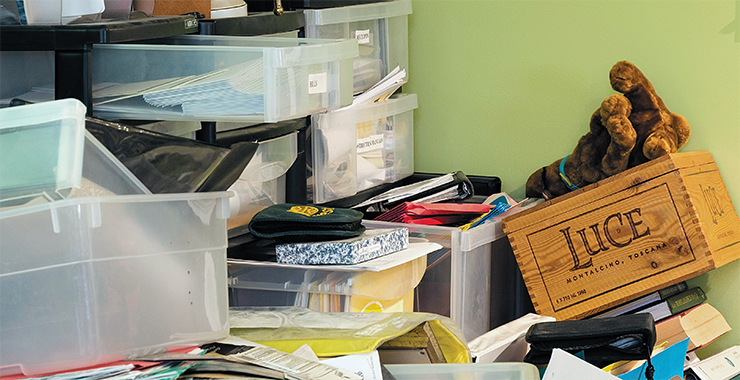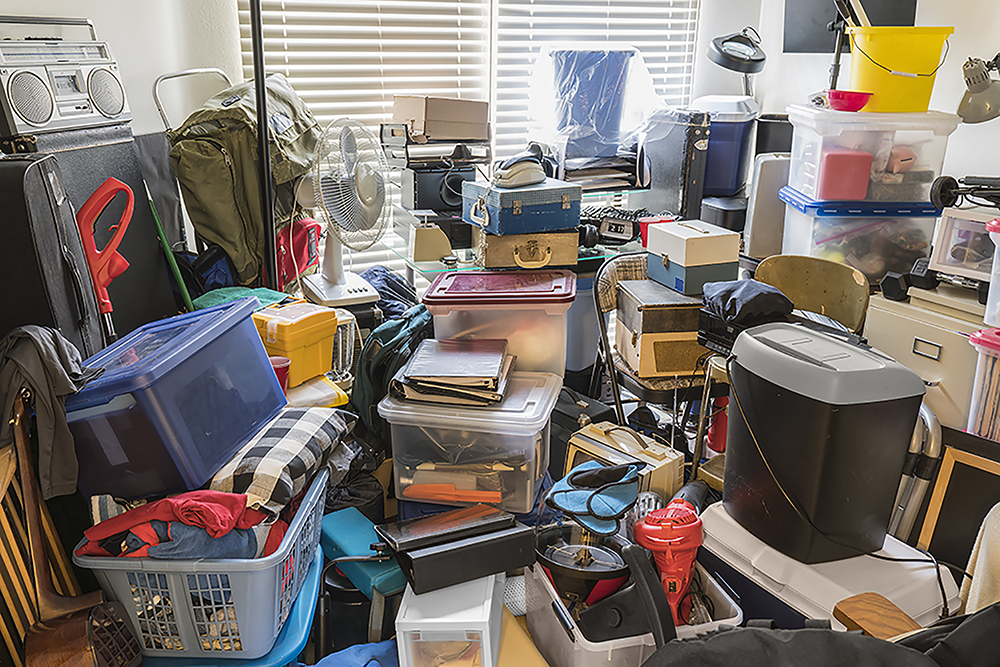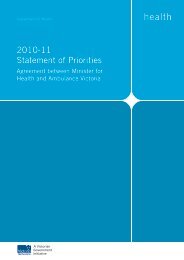Approximately One-third of People With Hoarding Disorder Also Engage in
People diagnosed as having body dysmorphic disorder are more attuned to. Obsessive-Compulsive Disorder OCD According to one study 17 percent of children with autism also have symptoms of OCD.

Pdf Determinants Of Object Choice And Object Attachment Compensatory Consumption In Compulsive Buying Shopping Disorder And Hoarding Disorder
Or bothAmong people with OCD carrying out compulsive behavior tends to ease feelings of anxiety while repressing compulsive.

. Approximately __ percent of people diagnosed as having body dysmorphic disorder are unable to work. If you have a disabling mental disorder such as obsessive compulsive disorder you might be entitled to disability benefits. D all of the above.
Is a direct result of brain damage. People with Obsessive-Compulsive Disorder suffer from repetitive unwanted and intrusive thoughts images or urges. Considered one of the most debilitating psychiatric illnesses12 obsessive-compulsive disorder OCD is characterized by distressing thoughts and repetitive behaviors that are interfering time-consuming and difficult to control Historically OCD was thought to be untreatable as people with the disorder did not respond that well to traditional psychodynamic.
Up to 8 cash back Obsessive-compulsive disorder OCD is a type of anxiety disorder in which people suffer from recurrent unwanted thoughts or ideas obsessions. Research in 2016 has shown that approximately 3040 of people with eating disorders also engage in. Approximately __ percent of people diagnosed.
And OCD was included in the chapter on anxiety disorders. A study in 2011 found that one-third 369 of. Approximately one-third of people with hoarding disorder also engage in a food hoarding.
Any type of psychological disorder such as depression or panic attack is a direct result of brain damage. MOOD DISORDERS AND PROBLEM GAMBLING An estimated 231 of individuals seeking treatment for problem gambling also have mood disorders like major depression and bipolar disorders7 Approximately 1 in 10. Samuels et al 2002 and that the population prevalence of OCD is estimated to be about 12 Karno et al 1988 based on population-based surveys the population prevalence of compulsive hoarding.
It is listed under the chapter heading Obsessive-Compulsive and Related Disorders. In the DSM-5 hoarding disorder is for the first time categorized as a distinct entity. Hoarding disorder HD is characterized by difficulty discarding personal possessions due to a perceived need to save the items andor significant distress when attempting to discard the items.
It is common for people suffering from OCD to engage in compulsive acts or rituals to reduce the distress and guilt associated with. Problems with anxiety including phobias and. D all of the above.
Approximately one-third of people with hoarding disorder also engage in a food hoarding. COVID-19 pandemic imposed a challenging situation for the general population. Approximately one-third of autistic people have intellectual disabilities while others have average or significantly above-average intellectual abilities.
Engage in repetitive irrational behaviors or mental acts compulsions. D all of the above. Approximately 27 percent of stroke survivors attempt suicide within six months.
Before the DSM-5 there was no hoarding disorder Rather hoarding was merely considered a symptom of OCD. Approximately one third of people with hoarding disorder also engage in. Similar arguments have been are common to both compulsive hoarding and put forward in other OCD-related disorders such as OCD253945465064 Unlike OCD however compul- body dysmorphic disorder BDD53 or hypochondria- sive hoarding patients display no exaggerated beliefs sis5455 Like compulsive hoarding these disorders are.
Approximately one third of people with hoarding disorder also engage in a food hoarding. Grant says Only approximately one-third of patients with OCD receive appropriate pharmacotherapy and fewer than 10 percent receive evidence-based psychotherapy. Background Obsessive-compulsive disorder OCD is a common condition that has a significant impact on peoples lives.
Obsessive-compulsive disorder OCD has become a part of our everyday cultural lexicon in often trivializing ways. For help getting Social Security disability for an obsessive-compulsive disorder OCD call Lunn Forro PLLC for a. Canadian Journal of Psychiatry 559 568-576.
Approximately one third of people with hoarding disorder also engage in. You also have the opportunity to engage in a holistic. Obsessive-compulsive disorder OCD.
Given that compulsive hoarding occurs in approximately 30 of individuals with obsessive-compulsive disorder OCD in clinical and family samples Rasmussen. Approximately one third of people with hoarding disorder also engage in a food hoarding. These obsessions tend to cause high levels of distress discomfort and anxiety for the person.
Gambling problems in outpatients with major depressive disorder and bipolar disorder. D all of the above.

When Hoarding Becomes A Health Problem Unsw Newsroom

Geriatrics Gerontology And Aging

Treating People With Hoarding Disorder

Hoarding An Overview Sciencedirect Topics

Hoarding Disorder A New Diagnosis For Dsm V Alberto Pertusa Academia Edu

Functional Neuroimaging Test Of An Emerging Neurobiological Model Of Hoarding Disorder Biological Psychiatry Cognitive Neuroscience And Neuroimaging

Pdf Hoarding Disorder A Review

Helping Someone With Hoarding Disorder Helpguide Org

Treatment For Hoarding Disorder Workbook Pdf Compulsive Hoarding Psychotherapy

What Are The Signs Of A Hoarder

Hoarding Disorder Help For Hoarders Helpguide Org

Download Hoarding And Squalor March 2012 Department Of Health

Pin On Psychology Fun And Facts

Hoarding One Man S Trash Is Another Man S Treasure Marcia Monroe Lcsw Mba Vice President Of Network Development Clinical Service Ppt Download

Overcoming Hoarding A Self Help Guide Using Cognitive Behavioural Techniques Singh Satwant Hooper Margaret Jones Colin 9781472120052 Books Amazon Ca




Comments
Post a Comment